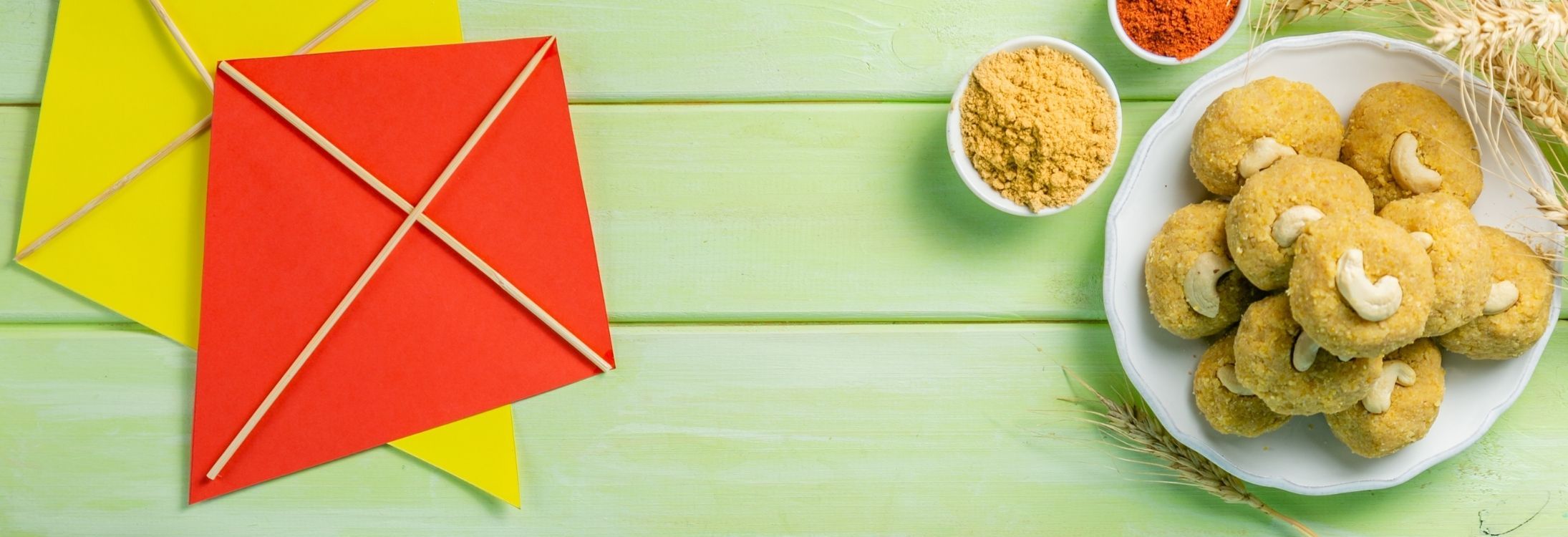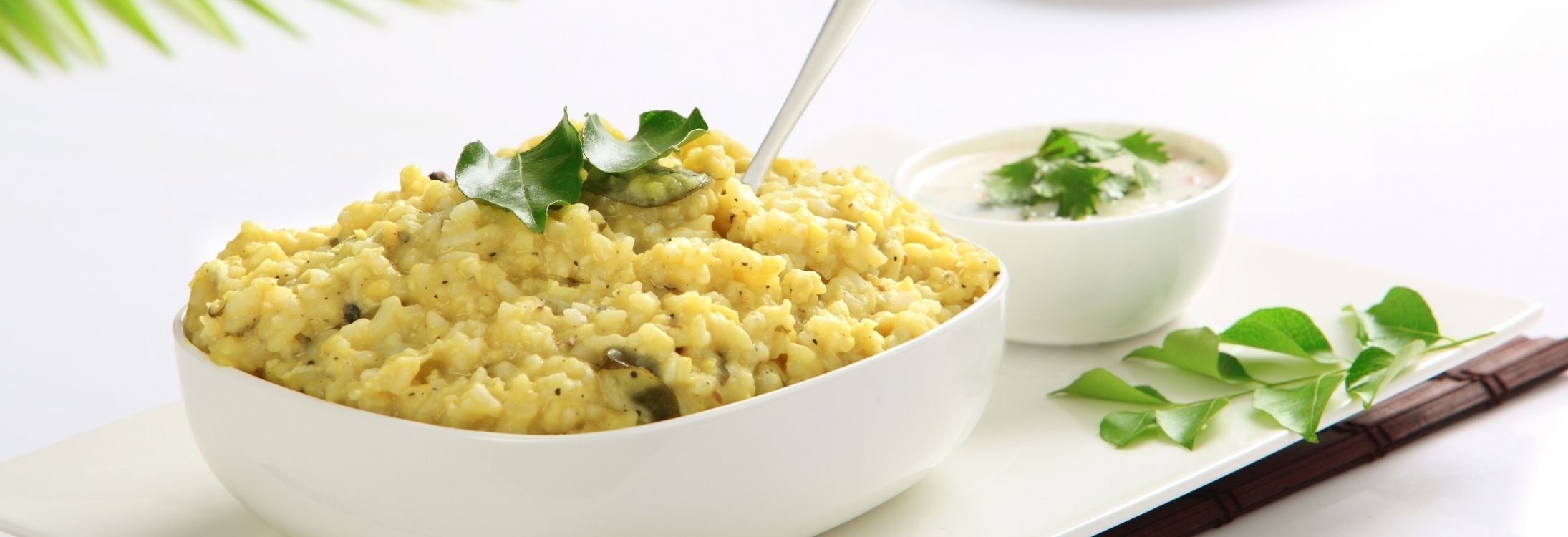The greatness of a culture can be found in its festivals.

India is known for its diversity, its colors its rich traditions. When you think of India you associate it with energy, vibrancy, and above all festivals. In a country where so many traditions co-exist, every day is a celebration. This story today is about Pongal and Makar Sankranti - The Kite Flying Festival.
A harvest festival, Makar Sankranti marks the transition of the Sun into the zodiacal sign of Makar (cancer). It also marks the end of the winter solstice, which symbolizes the end of the long winter nights and the celebration at the coming of the long sunny days. It also signifies the happiness of the farmers in getting new crops. But nowadays the biggest attraction of Makar Sankranti is kite flying. Kids and adults alike from the entire neighborhood bond together to fly kites. A festival that helps the community come together, enjoy and celebrate.

Pongal comes with a tradition of thanksgiving and future prosperity. Tamil Nadu’s most significant commemoration to the harvest Gods, Pongal is celebrated in mid-January across the state. As the harvest season draws to a close, the farming community reflects on how the season has graced them. The four-day festival reminds people to thank the Gods for bestowing fertility on the fields and to pray for their continued patronage for the coming year.
The prelude to the festivity starts with the Bhogi day when prayers are offered to Lord Indra. The second day accelerates the religious momentum with prayers offered to Lord Surya, the Sun God, as Pongal (rice and daal cooked together) is prepared in homes. Only after it is offered as prasadam to God, is it served to the rest as lunch. Mattu Pongal or the third day of the festival is a more vibrant affair when the farm animals are at the well-deserved recipients of veneration. Cows, bulls, tractors, farm implements, and machinery are decorated and worshipped on this day. The fourth and last day of the festivities is reserved for Kanya Pongal – this is the day that birds are prayed to. People leave balls of cooked rice on terraces as a special treat for avian friends.
The festival extends into numerous events, of which Jallikattu is the most famous. It entails bull taming and bull racing in a traditional style. Legends tell of this man-animal conflict as the traditional way that young women chose the most valiant as grooms. And this is one spectacle that the Musafir just shouldn’t miss. A special breed of bulls is bred for this day and the honor of men is pegged onto taming the beasts in front of hundreds. Regional touches have been woven into the sport and three kinds of Jallikattu can be seen across the state: Vaṭi Manju Viraṭṭu’ in the western districts, the Veli Viraṭṭu version is more popular in Madurai the surrounding areas and Vaṭam Manjuviraṭṭu in practiced the rest of the areas.
Pongal is when the entire state of Tamil Nadu is tinged with an air of festivity; bright white kolams (floor designs in chalk) adorn front porches, new clothes are bought, sweets distributed and the atmosphere of celebration makes you want to go ghoomne.
Book Holiday Packages
Dubai Tour Packages | Singapore Tour Packages | Thailand Tour Packages
